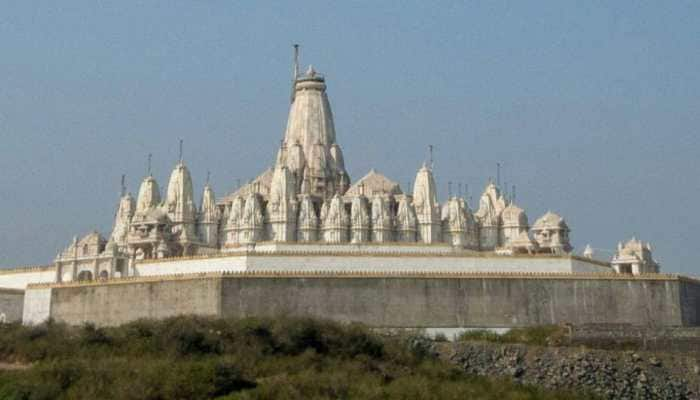Demonetisation (ban on Rs 500 and Rs 1,000 notes): One of the top economic reforms in India's history
The demonetisation of Rs 500 and Rs 1000 banknotes was a policy enacted by the Government on 8 November 2016. All Rs 500 and Rs 1000 banknotes of the Mahatma Gandhi Series ceased to be legal tender in India from 9 November 2016.
Trending Photos
)
New Delhi: The demonetisation of Rs 500 and Rs 1000 banknotes was a policy enacted by the Government on 8 November 2016. All Rs 500 and Rs 1000 banknotes of the Mahatma Gandhi Series ceased to be legal tender in India from 9 November 2016.
The announcement was made by the Prime Minister Narendra Modi in an unscheduled live televised address at 20:15 Indian Standard Time on 8 November.
In the announcement, Modi declared that use of all Rs 500 and Rs 1,000 banknotes of the Mahatma Gandhi Series would be invalid from midnight of the same day and announced the issuance of new Rs 500 and Rs 2000 banknotes of the Mahatma Gandhi New Series in exchange for the old banknotes.
However, the banknote denominations of Rs 100, Rs 50, Rs 20, Rs 10 and Rs 5 of the Mahatma Gandhi Series remained legal tender and were unaffected by the policy.
Key points:
a) Citizens will have until 30 December 2016 to tender their old banknotes at any office of the RBI or any bank branch and credit the value into their respective bank accounts.
b) Cash withdrawals from bank accounts were restricted to Rs 10,000 per day and Rs 20,000 per week per account from 10 to 13 November 2016. This limit was increased to Rs 24,000 per week from 14 November.
c) For immediate cash needs, the old banknotes can be exchanged for the new Rs 500 and Rs 2,000 banknotes as well as Rs 100 banknotes over the counter of bank branches by filling up a requisition form along with a valid ID proof. This exchange is restricted to once per person.
Initially, the limit was fixed at Rs 4,000 per person from 8 to 13 November 2016.
This limit was increased to Rs 4,500 per person from 14 to 17 November 2016.
The limit was reduced to Rs 2,000 per person from 18 November 2016.
d) Initially, all ATMs were dispensing banknotes of only Rs 50 and Rs 100 denominations and cash withdrawals from ATMs were restricted to Rs 2000 per day. From 14 November onwards, ATMs recalibrated to dispense new Rs 500 and Rs 2000 notes will allow a maximum withdrawal of Rs 2,500 per day, while other ATMs dispensing banknotes of only Rs 50 and Rs 100 denominations will allow a maximum withdrawal of Rs 2000 per day.
Public support
The Demonetisation received support from several bankers as well as from some international commentators, although it was criticized by members of the opposition parties, which led to debates in both houses of parliament and triggered organized protests against the current government in front of the parliament and elsewhere across India
It’s not the first time that government has banned currency notes of certain denomination as it has also happened in the year 1946 and 1978. However, the success rate of these financial exercises was highly varied on both occasions.
The kind of public support being witnessed this time is highly unparallel and only proves faith of general public in the government’s move to crack down on the black money present in the economy.
Stay informed on all the latest news, real-time breaking news updates, and follow all the important headlines in india news and world News on Zee News.
Live Tv







)
)
)
)
)
)
)
)
)
)
